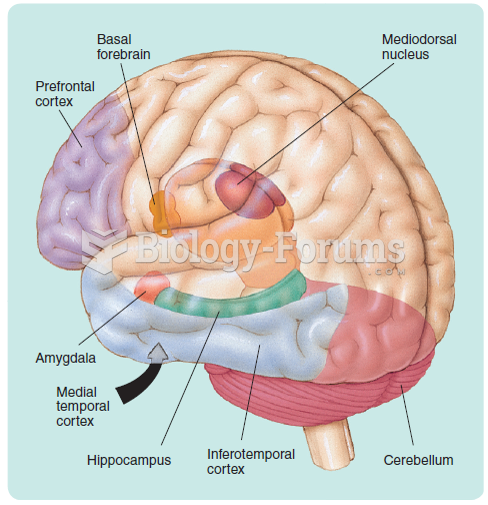Answer to Question 1
Many of the supply chain and logistics activities focus on operations - procurement operations that provide access to materials, transportation operations that support the flow of goods, distribution operations that streamline order fulfillment, and so on. Collectively, they create time and place utilities. However, the potential contributions of goods manufacturing and service production to supply chain effectiveness are often overlooked because they focus on a different, but also important, dimension of economic utility called form utility. All the activities and processes involved in changing the appearance or composition of a good or service -component fabrication, product assembly, and service request execution focus on creating form utility. The goal is to make the product or service more attractive to potential and actual users so that demand is created.
Form utility drives the need for supply chain capabilities (i.e., time and place utilities). It takes a great deal of effort and coordination to run an effective production operation that is supported by and also supports the supply chain. Processes must be effectively designed and flawlessly executed, supply chain tradeoffs must be understood and made, and economies of scale need to be achieved, all while the organization addresses competitive challenges and other problems.
Manufacturers, contract assemblers, and service providers all engage in production processes. These organizations perform a group of related activities during which inputs are transformed into outputs. This production process also uses resources such as facilities, equipment, knowledge, labor, and capital to support the transformation. Feedback of key information is used to make adjustments within the process in an attempt to synchronize production more closely to demand. Ignoring these feedback signals will lead to excess inventory of unpopular products or inventory shortages of hot items. While the basic input-transformation-output principle applies to all production processes, no two are organized exactly alike or perform to the same level. organized exactly alike or perform to the same level.
Process functionality also plays a role in the success of an organization. The ability to perform different processes from those of competitors to create unique products and services can create a competitive advantage.
Answer to Question 2
c







